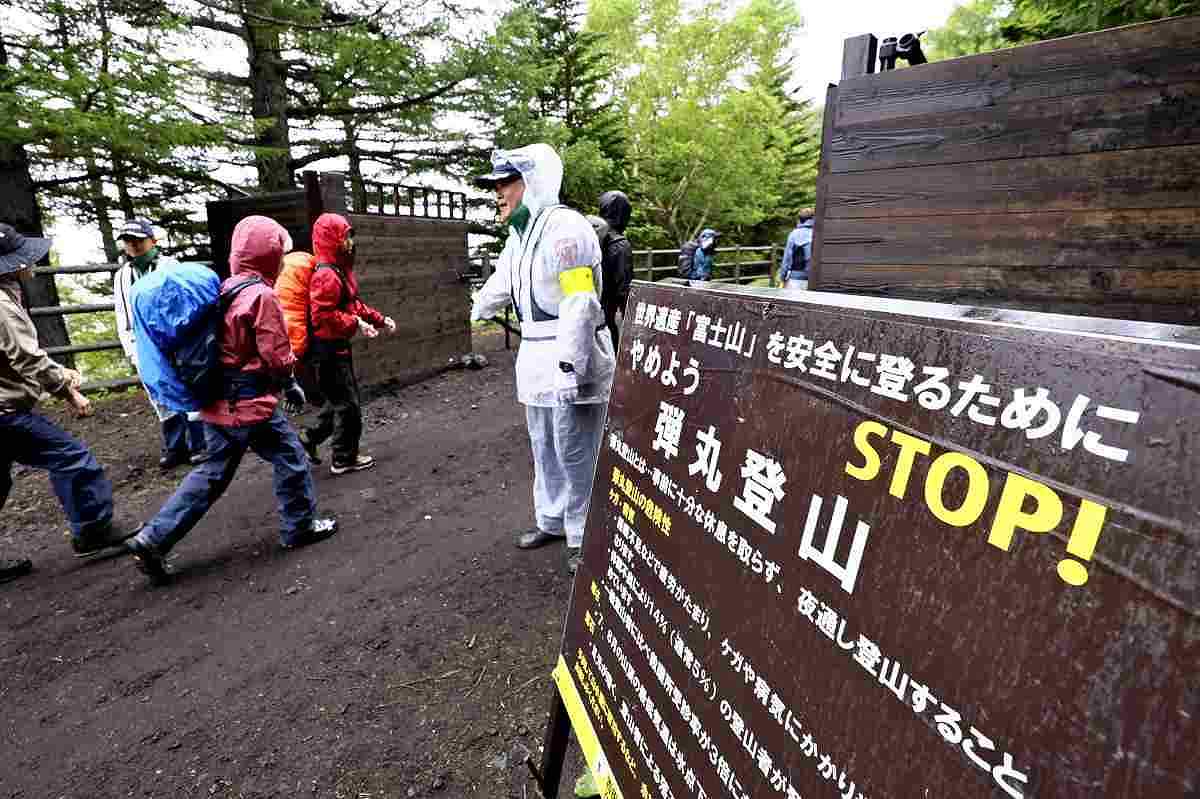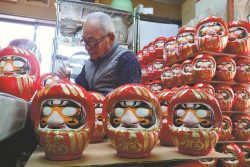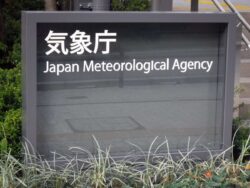New Mt. Fuji Rules Reduce ‘Bullet Climbers’ by 90%; Access to Japan’s Iconic Peak Limited from Yamanashi Pref. Side

Climbers are seen at the fifth station of Mt. Fuji on July 4.
15:50 JST, July 10, 2024
FUJIYOSHIDA, Yamanashi — The number of people making a “bullet climb” to the summit of Mt. Fuji overnight dropped by 90% a week after Yamanashi Prefecture introduced climbing restrictions, compared to the same period last year.
The restrictions — a climbing fee and a cap on daily visitor numbers — were introduced at Mt. Fuji for the first time.
The finding was based on analysis by The Yomiuri Shimbun of data on the number of climbers collected by the city of Fujiyoshida, Yamanashi Prefecture.
The restrictions are believed to be having a positive effect, with some people concerned saying that the number of bullet climbers has decreased dramatically.

Climbers pass a gate at the fifth station of Mt. Fuji on July 1.
Mt. Fuji straddles the border of Yamanashi and Shizuoka prefectures. During the climbing season from July 1 through Sept. 10, the Yamanashi prefectural government closes a temporary gate at the fifth station from 4 p.m. to 3 a.m. The prefecture has limited the number of visitors to 4,000 per day, and climbers from the trail on the Yamanashi side are charged ¥2,000 per person.
According to data collected by Fujiyoshida at the sixth station’s Mt. Fuji Safety Guidance Center, 394 climbers passed through the sixth station from the 5 p.m. to 2 a.m. hours in the week after the gate was opened on July 1.
The figure represented 3.4% of the total number of climbers during the week. In the same week last year, there were 1,167 climbers during those hours, or 9.6% of the total.
The number of climbers counted from the 9 p.m. to 11 p.m. hours, believed to include bullet climbers trying to catch the sunrise at the summit, was just 21, a 94.8% decrease from the 400 counted last year.
“Restrictions are working as there are almost no climbers at night. On the other hand, I feel the number of climbers during the daytime seems to have increased a little,” said Katsuyoshi Iwasa, 45, of Kamaiwakan, a mountain lodge at the seventh station.
Meanwhile, it remains to be seen whether the other goal of the restrictions — reducing trail congestion — can be achieved.
The prefectural government announced that 13,217 climbers were allowed to pass through the fifth station gate during the first week of the opening of Mt. Fuji.
The average daily number of climbers was 1,888, and there were no days when the number of climbers exceeded 4,000.
However, more than 1,000 reservations are being made each day, and reservations for Saturday daytime hikes this week and next are already full, according to the prefecture.
“The trail was crowded, and at times I couldn’t climb at my own pace. If there were more people, it would have been hard to climb the mountain,” said a 24-year-old company employee from Nerima Ward, Tokyo, who completed her first climb of Mt. Fuji with a friend.
“The number of climbers will increase from here on. We will continue to monitor how the restrictions will affect climbers,” an official of the Fujiyoshida municipal government said.
Related Tags
"Society" POPULAR ARTICLE
-

M4.9 Earthquake Hits Tokyo, Neighboring Prefectures
-

Israeli Tourists Refused Accommodation at Hotel in Japan’s Nagano Pref., Prompting Protest by Israeli Embassy and Probe by Prefecture
-

M7.5 Earthquake Hits Northern Japan; Tsunami Waves Observed in Hokkaido, Aomori and Iwate Prefectures
-

Tsukiji Market Urges Tourists to Avoid Visiting in Year-End
-

High School in Kyoto Says Students Shoplifted during Recent School Trip to Bali, Indonesia
JN ACCESS RANKING
-

Tokyo Economic Security Forum to Hold Inaugural Meeting Amid Tense Global Environment
-

Keidanren Chairman Yoshinobu Tsutsui Visits Kashiwazaki-Kariwa Nuclear Power Plant; Inspects New Emergency Safety System
-

Imports of Rare Earths from China Facing Delays, May Be Caused by Deterioration of Japan-China Relations
-

University of Tokyo Professor Discusses Japanese Economic Security in Interview Ahead of Forum
-

Japan Pulls out of Vietnam Nuclear Project, Complicating Hanoi’s Power Plans























